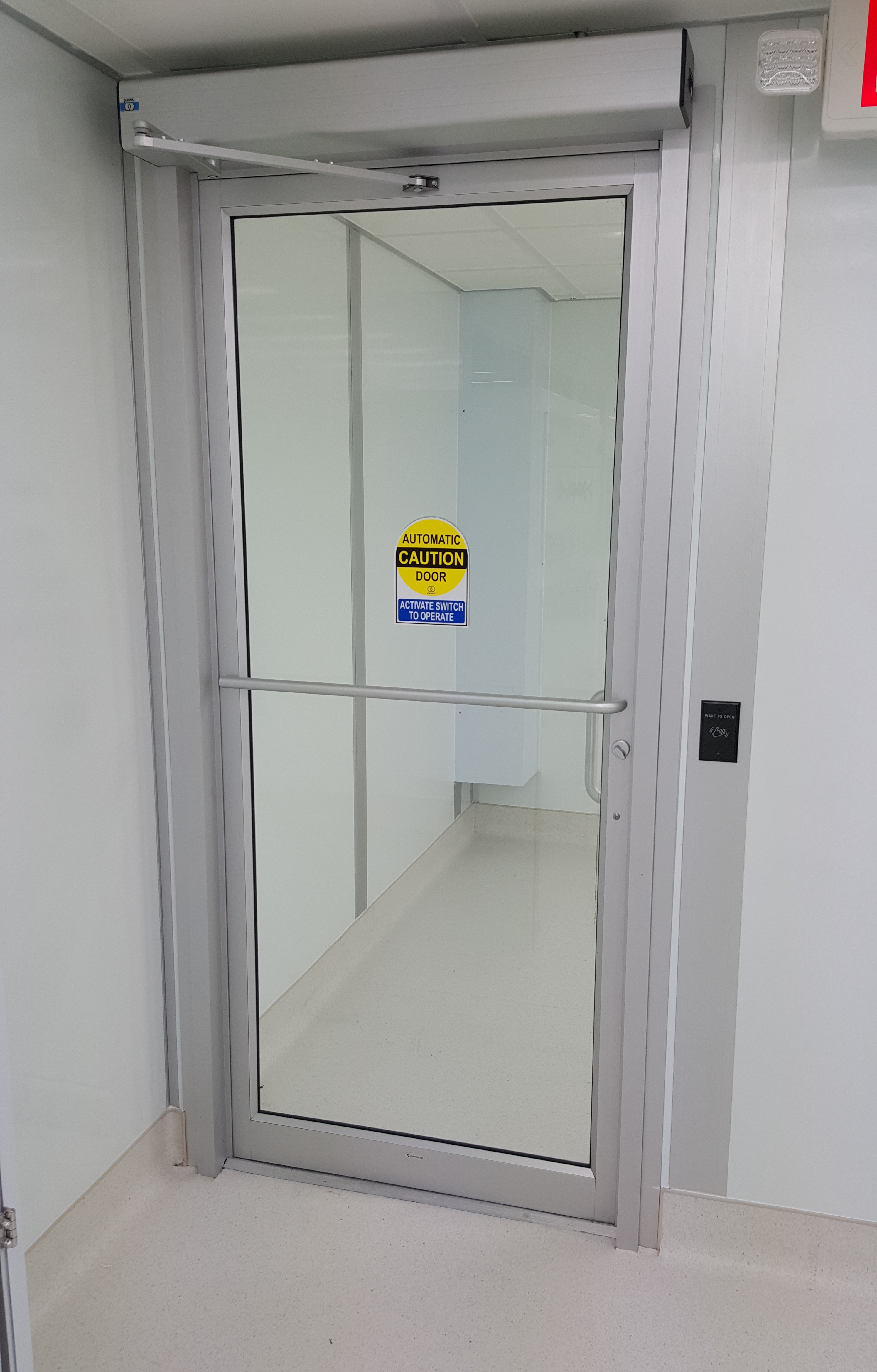USP 797 – The Standard for Compounded Sterile Preparations

Pharmacies and pharmacists play a critical role in providing compounded sterile preparations (CSPs) to patients and for ensuring the safety, sterility, and efficacy of these preparations. As noted above, effective standards are defined in the United States Pharmacopeia (USP, Chapter 797 – Pharmaceutical Compounding – Sterile Preparations) that serve as the foundation for sterile compounding, yet there is an ongoing need for increased regulation of these standards. Since the tragic 2012 fungal meningitis outbreak, associated with thousands of vials of methylprednisolone that were compounded by a Northeast based Compounding Pharmacy, tremendous pressure is on the state and federal regulators to ensure all hospitals, pharmacies and facilities that are providing CSPs, are doing so according to these standards.
In 2011 there were violations found in 18 States by the FDA. On April 11, 2013, the FDA announced that after a priority inspection program, federal regulators had found numerous unsafe practices at 31 compounding pharmacies located in 18 different states, the same types of facilities responsible for the tainted drug that caused a deadly meningitis outbreak in October of 2012. While some states have not yet harmonized their laws and regulation with USP Chapter 797, you can be sure that they will be doing so in the very near future. Certainly there are time management and budgetary restrictions that are challenging with the many competing priorities a pharmacy faces; but regardless, given that preventable patient injury and death has occurred and received significant media coverage, continued lack of compliance with sterile compounding standards is an extremely risky approach to follow. There is no excuse that justifies waiting, instead, pharmacies must focus on the opportunities immediately at hand to change attitudes and improve work practices. While this may seem to be a large undertaking, it is important to at least start the process. CRD strongly urges you to take advantage of our USP 797 compliance audit if you have not done so yet. The work you begin today will immediately improve your current sterile compounding practices which in turn leads to reduced patient and pharmacy staff risk.
